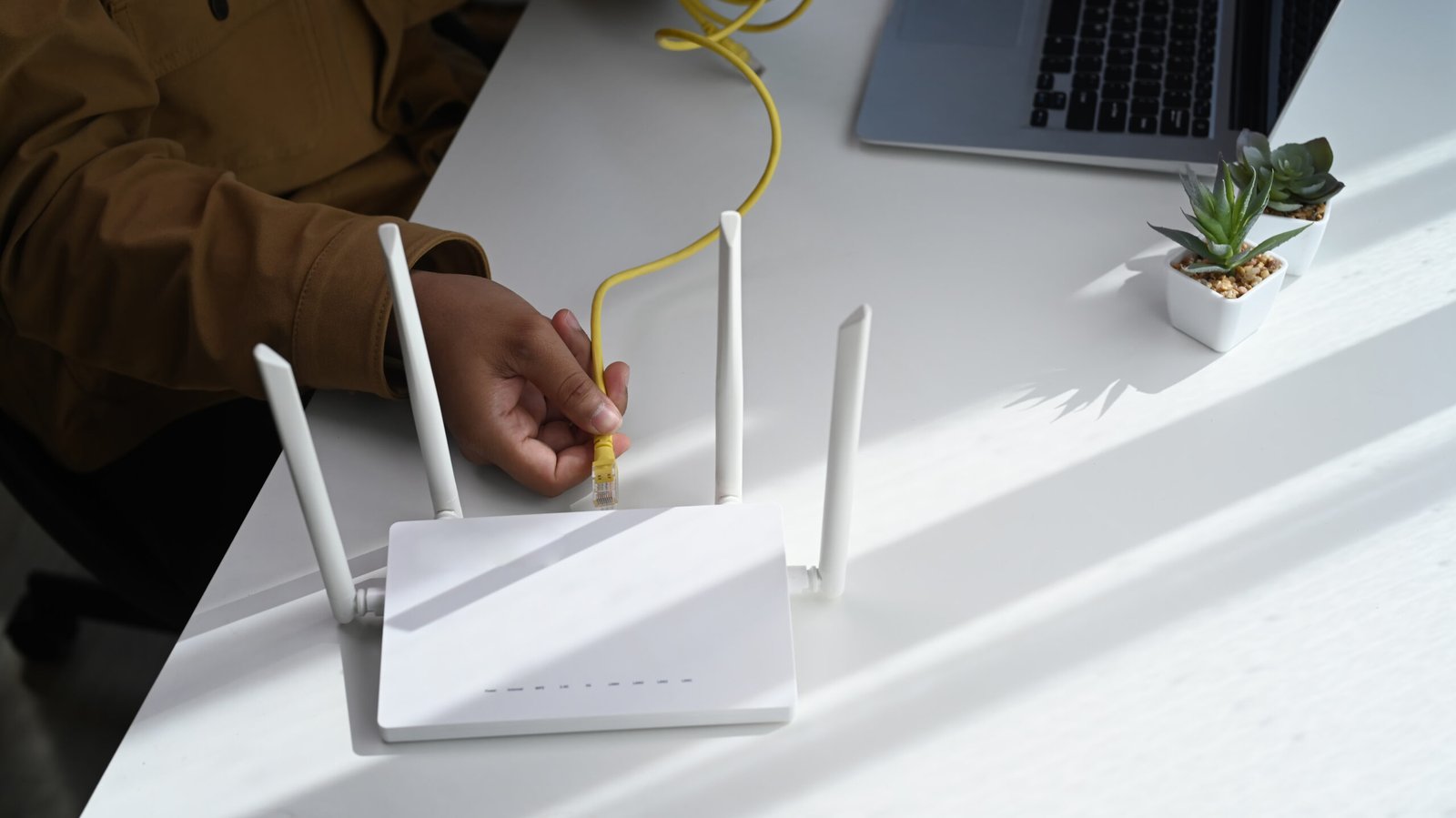Choosing the right internet package can be a daunting task with so many options available. Whether you’re a casual browser, a heavy gamer, or someone working remotely, picking the best plan for your needs is crucial to ensure smooth, efficient internet usage. Here’s a guide to help you make the right choice:
1. Assess Your Internet Usage
Start by evaluating your internet habits. Are you an occasional user who only checks emails and browses social media? Or are you someone who streams 4K videos, works from home, or plays online games? The level of usage will determine how much speed and bandwidth you need.
- Basic Usage (Browsing, Emailing, Social Media): If you only use the internet for browsing, emails, and light streaming, a plan offering 10-25 Mbps will suffice.
- Medium Usage (HD Streaming, Video Calls, Online Shopping): For activities like HD video streaming, video conferencing, and regular online activities, aim for 50-100 Mbps.
- Heavy Usage (Gaming, 4K Streaming, Large File Downloads): If you’re a gamer, stream in 4K, or frequently download large files, go for a plan offering 200 Mbps or higher.
2. Consider the Number of Devices
With multiple devices in your home — smartphones, tablets, laptops, smart TVs, and gaming consoles — it’s important to choose an internet package that can handle simultaneous usage. More devices connected to the internet require a higher bandwidth to ensure speed and stability.
- Small Households (1-3 devices): A lower-speed plan may work fine.
- Larger Households (4+ devices): Consider higher-speed plans to prevent lag or slowdowns.
3. Look at the Type of Connection
Different types of internet connections offer different speeds and reliability. The main types of internet connections include:
- Fiber-Optic: The fastest and most reliable, offering speeds from 100 Mbps to 1 Gbps and beyond. Ideal for heavy users.
- Cable: A widely available connection offering good speeds, typically ranging from 25 Mbps to 500 Mbps. Great for most households.
- DSL: A budget-friendly option with speeds around 5-100 Mbps, suitable for light users.
- Satellite: Available in remote areas but typically slower, with higher latency and limited speeds.
4. Check the Upload and Download Speeds
While download speed is crucial for streaming and browsing, upload speed is important for tasks like video calling, uploading content, or live streaming. For remote work, uploading files to the cloud or participating in video meetings requires a decent upload speed.
- Standard Packages: These often have faster download speeds but slower upload speeds.
- Work-from-Home Packages: Some ISPs offer plans with faster upload speeds for professional use.
5. Evaluate Customer Support and Service Reliability
A fast internet connection is only useful if it’s reliable. Research your provider’s reputation for reliability and customer service. Good customer support is crucial, especially if you encounter connection issues or need assistance with troubleshooting. Check online reviews, talk to neighbors, and ask about service outages in your area before committing.
6. Compare Prices and Contract Terms
Pricing is an essential factor when choosing an internet plan. Ensure the plan fits your budget, and compare the cost against the features and speeds offered. Be aware of any promotional pricing, as it may increase after an initial period. Also, check the contract terms — some plans may require long-term commitments, while others offer more flexibility.
7. Consider Extra Features or Bundles
Some internet packages come with additional benefits like:
- Bundled Services: ISPs may offer bundles with TV, phone, or security services at a discounted price.
- Wi-Fi Routers and Modems: Check if the provider includes or rents out Wi-Fi routers or modems. Having your own high-quality router can improve your internet speed and range.
- Data Caps: Some packages have data limits, while others offer unlimited data usage. Be sure to choose a plan that suits your usage pattern.
Final Thoughts
Choosing the best internet package requires a clear understanding of your internet needs, household size, and the type of activities you’ll be doing online. Whether you’re streaming, gaming, or working remotely, it’s essential to pick a plan that offers the right balance of speed, reliability, and price. Don’t forget to factor in customer service and flexibility to ensure you get the most value for your money.
By assessing these key factors, you can make an informed decision and enjoy uninterrupted, high-speed internet access!










